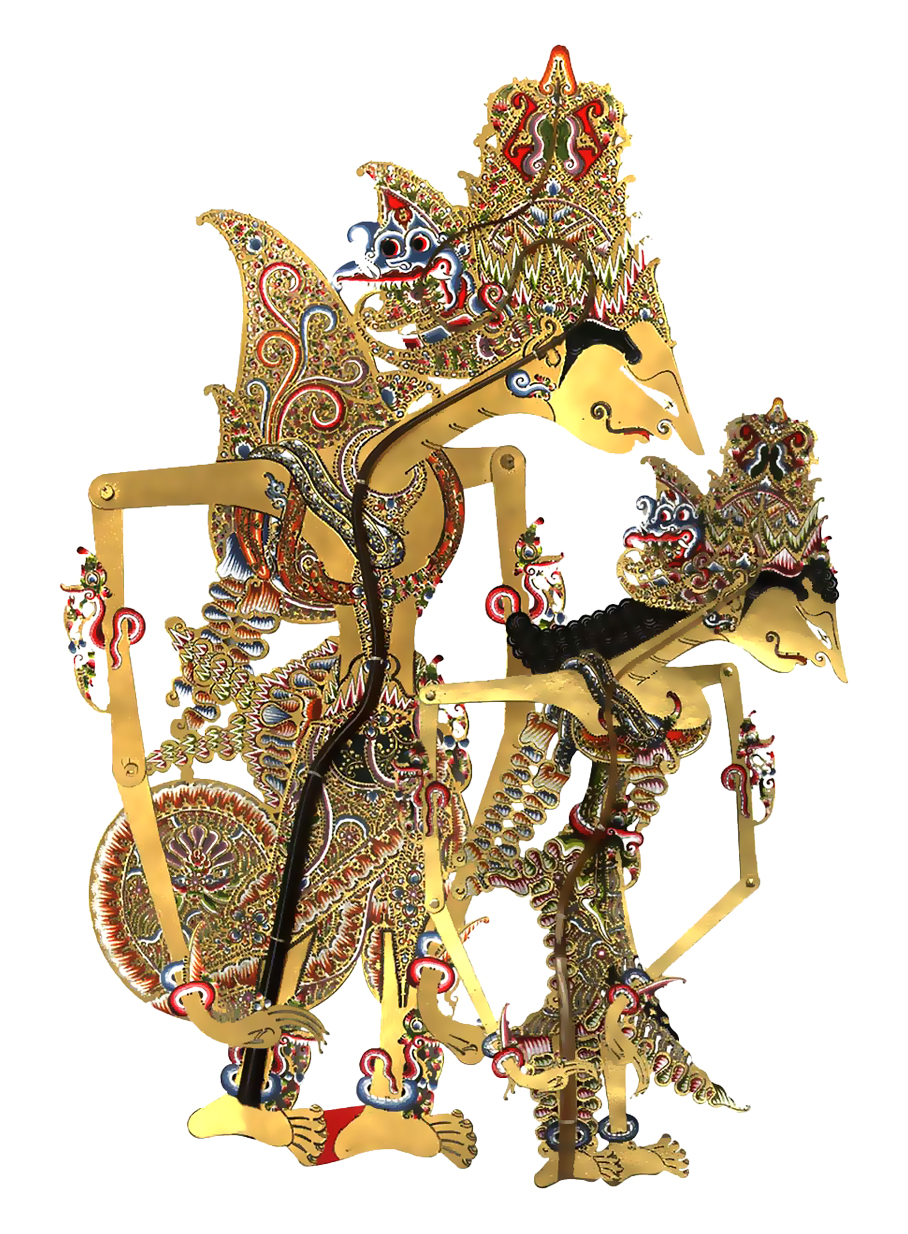In general the instruments of the orchestra Tanjidor consists of wind instruments such as the piston (cornet a piston), trombone, tenor, clarinet, bass, percussion instruments are equipped with membrane commonly called the drum or drums. With enough equipment to accompany the bridal procession or parade.
For the performances, especially the place and not moving his tools are often combined with tools such as tehyan friction, and some membranfon like tambourines, drum and drum, coupled with some percussion like kecrek, kempul and gongs.
The songs are usually sung tanjidor orchestra, according to the local term is "battalion", "Kramton" "Bananas", "Delsi", "Was No-no", "Cakranegara", and "Welmes". In the later development of more songs brought Betawi folk like Surilang "Jali-jali etc., as well as songs by the local term known as the Sunda mountain songs, like" Kangaji "," Oncomlele "and so on.
Tanjidor groups residing in areas of Jakarta, among others from the leadership Cijantung Nyaat, Kalisari Nawin leadership, leadership Pondokranggon Maun, Ceger Gejen leadership.
Tanjidor deployment area, except on the outskirts of Jakarta, is around Depok, Cibinong, Citeureup, Cullinan, Jonggol, Parung in Bogor regency, in some places in the district of Bekasi and Tangerang regency.
As folk art, orchestra supporters Tanjidor especially farmers in rural areas. In general, artists rnengandalkan Tanjidor can not live on the results obtained from the field of art. Most of them are living from farming or petty trading.
By community supporters Tanjidor used to enliven the celebration such as weddings, circumcisions and the like, or public parties like to celebrate the birthday of the Declaration of Independence. Until the fifties Tanjidor usual entourage entourage held a road show, the term "ngamen". The tour so it was mainly done at New Year's party, both AD and Lunar.
It should be noted that, in accordance with the changing times and tastes of the community supporters, with the usual Tanjidor also brought dangdut songs. Some are specifically brought the songs Pop Sunda, known as "Winingan tanji".





 20.32
20.32
 Nasrul Umam
Nasrul Umam














